Wind energy is a rapidly growing sector in the renewable energy world. Harnessing wind power through turbines is an effective way to generate electricity. A critical component of these turbines is their blades, and PVC (Polyvinyl Chloride) is a popular, cost-effective material for DIY enthusiasts. This blog post will guide you through the process of making PVC wind turbine blades, offering practical tips and insights to ensure your project is successful.
PVC Material for Wind Turbine Blades
PVC, a widely available and affordable material, offers several advantages for constructing wind turbine blades. Firstly, it’s lightweight, which is crucial for the efficiency of the turbine. Secondly, PVC is durable and resistant to weather elements, ensuring longevity. Lastly, its flexibility allows for easier shaping and customization.
- Lightweight: Enhances the efficiency of the turbine.
- Durability: Withstands various weather conditions.
- Flexibility: Allows for easy shaping and customization.
Challenges and Solutions
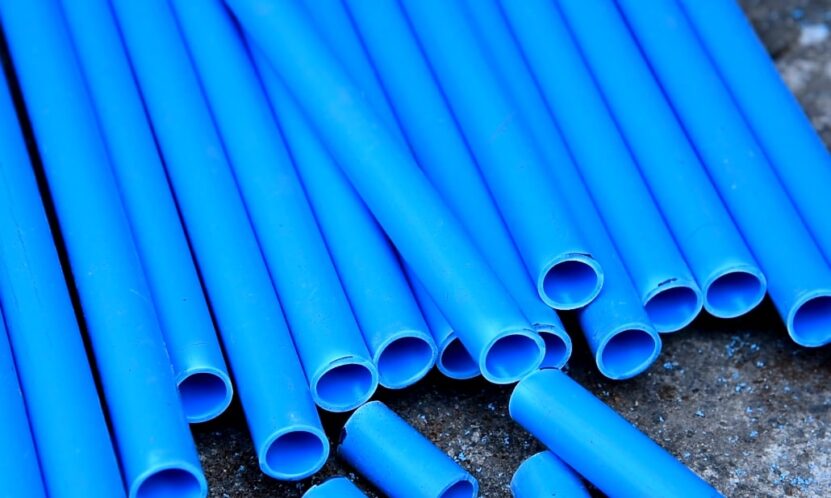
While PVC is advantageous, it also presents challenges. Its flexibility can sometimes lead to less rigidity, which might affect performance. To counter this, reinforcing the PVC with a rigid spine or using a thicker grade of PVC can be effective. Additionally, PVC can degrade under prolonged UV exposure, so applying a UV-resistant coating can extend its lifespan.
- Rigidity Issue: Reinforce with a spine or use thicker PVC.
- UV Degradation: Apply a UV-resistant coating.
Designing
The design of your wind turbine blades is crucial for their performance. The length, width, and curve of the blades will determine how efficiently they capture wind. Generally, longer and more curved blades will catch more wind, but they require more material and space. It’s essential to strike a balance based on your specific needs and constraints.
- Length and Width: Longer and wider blades capture more wind.
- Curve: A more pronounced curve increases efficiency.
Software Tools for Design
Leveraging software tools can significantly aid in designing your blades. Programs like QBlade or Blade Element Momentum (BEM) theory-based software can help you model and simulate blade performance before actual construction. These tools allow you to adjust parameters and instantly see the potential effects on blade efficiency.
- QBlade: For modeling and simulation.
- BEM Software: Helps in adjusting design parameters.
Preparing to Build
Gathering Materials and Tools
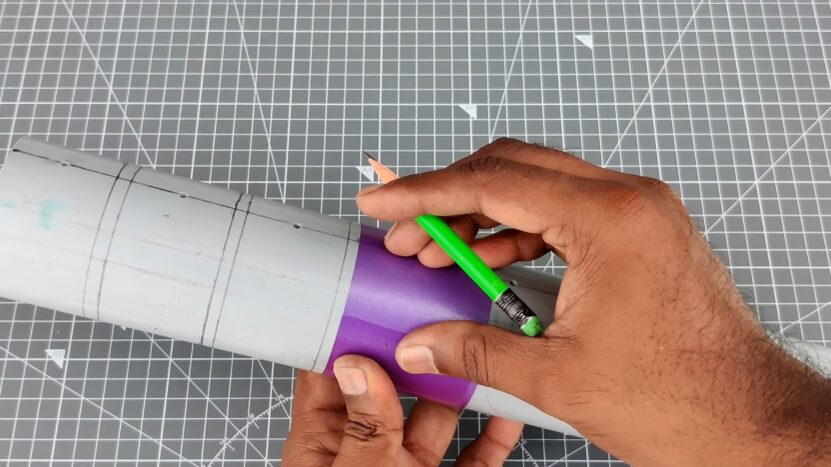
Before starting your project, it’s essential to gather all necessary materials and tools. You’ll need PVC pipe of the desired diameter and thickness, a saw for cutting, sandpaper for smoothing edges, and potentially paint or UV-resistant coating. Ensure you have a safe workspace and appropriate safety gear like gloves and goggles.
- PVC Pipe: Choose the right diameter and thickness.
- Cutting and Smoothing Tools: Saw and sandpaper.
- Safety Gear: Gloves and goggles for protection.
Cutting the PVC Pipe
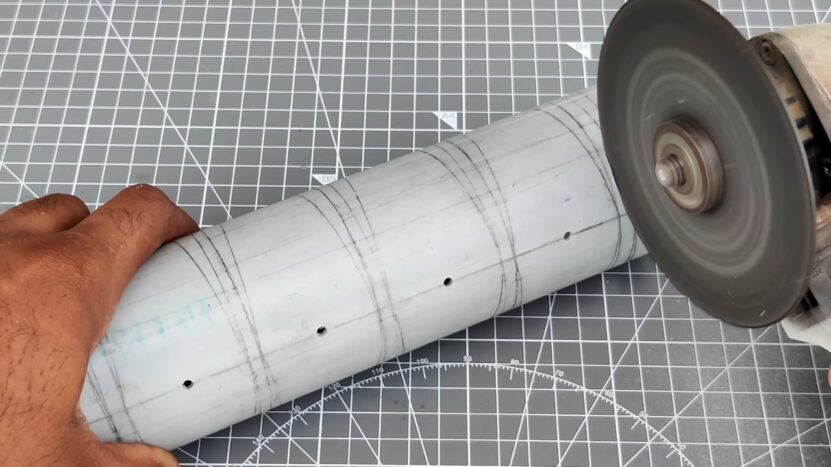
Cutting the PVC pipe into blade shapes requires precision. Mark your blade design on the pipe using a marker. Use a fine-tooth saw for a cleaner cut and try to keep your cuts as straight and smooth as possible. After cutting, use sandpaper to smooth out any rough edges, which will improve the aerodynamics of the blades.
- Marking the Design: Use a marker for precision.
- Cutting Process: Use a fine-tooth saw for cleaner cuts.
Shaping the Blades for Efficiency
The shape of your blades is a critical factor in determining their efficiency. An aerodynamic design helps in reducing drag and increasing lift, which in turn enhances the turbine’s ability to generate power. The blades should have a tapered shape, being wider at the base and narrower towards the end, mimicking an airfoil design.
- Reducing Drag: Essential for efficient blade movement.
- Increasing Lift: Improves the turbine’s power generation.
Techniques for Shaping PVC
Shaping PVC requires both precision and creativity. You can use heat to soften the PVC, making it malleable. Once softened, mold it into the desired airfoil shape. This process might require some trial and error, but it’s crucial for achieving the optimal aerodynamic form. Ensure the blades are identical to maintain balance in the turbine.
- Heating PVC: Softens the material for molding.
- Molding Process: Achieve the desired airfoil shape.
Assembling the Blades
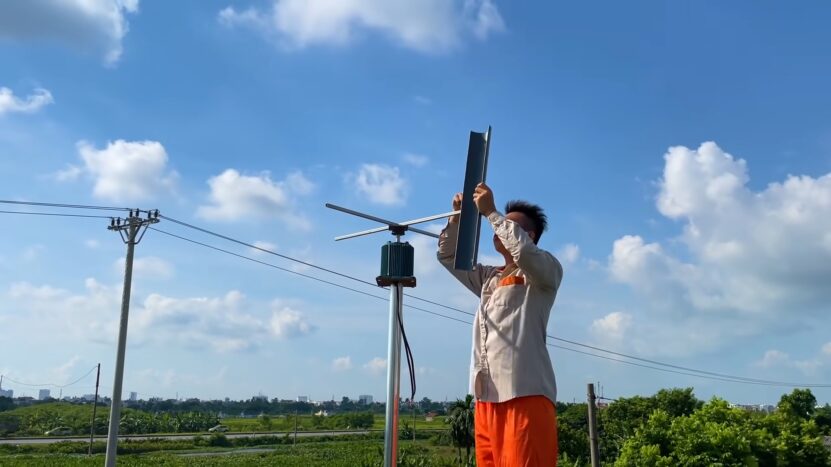
Once your blades are shaped, the next step is attaching them to the hub, which connects the blades to the turbine. The attachment must be secure to handle the rotational forces. Use bolts and nuts for a firm attachment, and ensure that the blades are evenly spaced around the hub for balance.
- Secure Attachment: Use bolts and nuts for stability.
- Even Spacing: Essential for balanced rotation.
Ensuring Balance and Alignment
Balance is crucial in a wind turbine. An unbalanced turbine can cause vibrations, leading to inefficiency and potential damage. Test the balance by mounting the hub and blades on a temporary axis. Adjust as necessary until the assembly is perfectly balanced. Proper alignment of the blades with the wind direction is also essential for maximum efficiency.
- Testing Balance: Mount on a temporary axis for adjustments.
- Alignment with Wind: Crucial for optimal performance.
Installing and Testing Your Wind Turbine
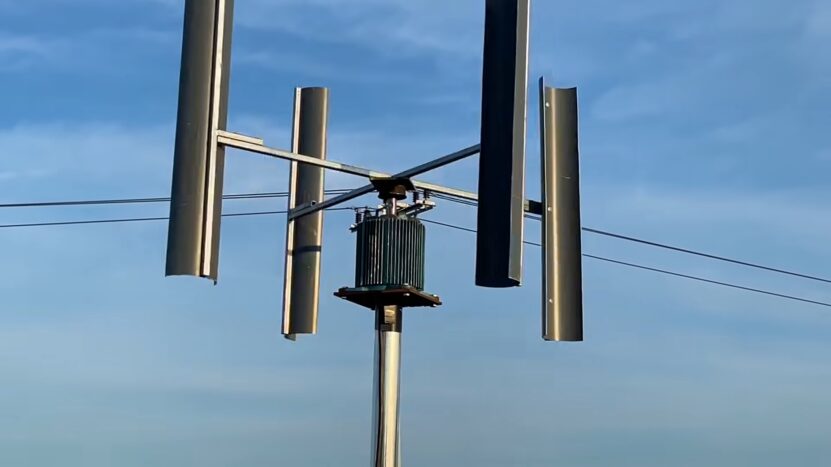
The location of your wind turbine significantly affects its performance. Look for a spot with minimal obstructions and high wind speeds. The turbine should be mounted at a height where wind flow is consistent and strong. Avoid areas close to buildings or trees that can disrupt wind patterns.
- Minimal Obstructions: Ensures consistent wind flow.
- Height Considerations: Higher locations typically have stronger winds.
Testing and Adjustments
After installation, it’s important to test your turbine under different wind conditions. Monitor the turbine’s performance and make adjustments as needed. This might involve tweaking the blade angles or the positioning of the turbine. Regular maintenance checks are also essential to ensure long-term efficiency and safety.
- Performance Monitoring: Essential for identifying necessary adjustments.
- Maintenance Checks: Crucial for long-term operation.
FAQ
Can I use different materials besides PVC for the blades?
Yes, other materials like wood, aluminum, or fiberglass can also be used for wind turbine blades. Each material has its own advantages and challenges, so choose based on availability, cost, and your comfort with working with the material.
How do I determine the optimal length for my wind turbine blades?
The optimal length depends on your specific needs and constraints, such as the size of the turbine and the average wind speed in your area. Generally, longer blades capture more wind, but they also require a stronger structure to support them.
Is it necessary to paint the PVC blades?
While not strictly necessary, painting can protect the PVC from UV rays and weathering. It also allows you to customize the appearance of your turbine.
How can I ensure my wind turbine is safe?
Regular maintenance checks are crucial. Ensure all parts are securely attached and the structure is stable. Also, place the turbine in a location where it poses no risk to people or property in case of malfunction.
What is the lifespan of a PVC wind turbine blade?
The lifespan can vary based on factors like material quality, weather conditions, and maintenance. Typically, PVC blades can last several years with proper care and occasional repairs.
Can I connect my wind turbine to the power grid?
Yes, but this requires additional equipment like an inverter and must comply with local regulations and grid requirements. It’s often simpler to use the turbine for off-grid applications or battery charging.
Are there legal considerations for installing a wind turbine?
Yes, you should check local zoning laws, building codes, and any permits required for installing a wind turbine. Some areas may have restrictions on the height or location of turbines.
Final Words
Embarking on the journey of building PVC wind turbine blades is not just about harnessing renewable energy; it’s about contributing to a sustainable future. Remember, every small step counts in our collective effort towards a greener planet.

